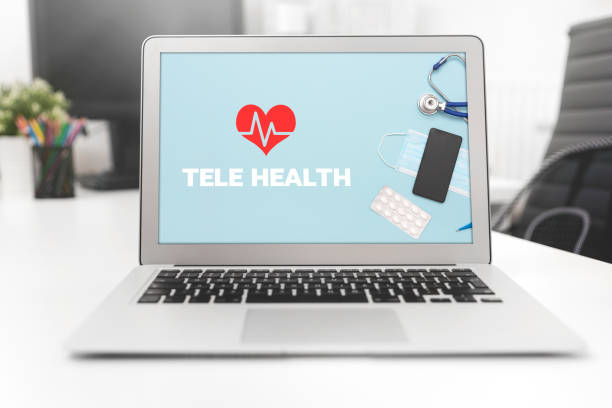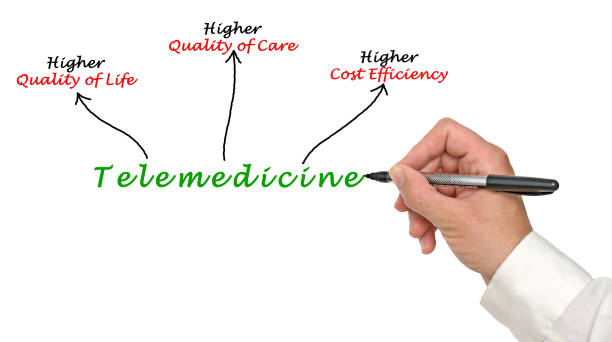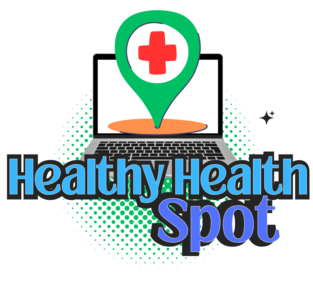
Telehealth 101: The Future of Healthcare Explained
The healthcare landscape is transforming rapidly, and “telehealth 101” is at the forefront of this change. As technology advances and patients demand more convenient care options, telehealth has become a revolutionary solution for providing medical services remotely. Whether you’re a patient exploring new ways to manage your health or a provider looking to expand your practice, understanding “telehealth 101” is essential. In this comprehensive guide, we’ll break down everything you need to know about telehealth, its benefits, challenges, and how it’s shaping the future of healthcare.
What Is Telehealth 101?
To kick things off, let’s address the basics: what exactly is “telehealth 101”? At its core, telehealth refers to the use of digital communication tools and technology to deliver healthcare services and manage patient care remotely. This can include video consultations, phone calls, secure messaging, and even wearable devices that track health metrics in real-time.
“Telehealth 101” encompasses various types of care, including:
- Telemedicine: Direct interaction between patients and providers for diagnosis and treatment.
- Remote Patient Monitoring (RPM): Using devices to collect health data, such as blood pressure or glucose levels, and sharing it with healthcare providers.
- Health Education: Online resources and virtual workshops to help patients manage chronic conditions or improve their overall wellness.
Why Is Telehealth 101 So Popular?
The rise of “telehealth 101” can be attributed to several key factors. First, the COVID-19 pandemic accelerated the adoption of virtual care as people sought safe and accessible ways to consult healthcare providers. But beyond that, telehealth offers a host of benefits:
- Convenience: Patients can access care from the comfort of their homes, reducing travel time and associated costs.
- Accessibility: Telehealth bridges the gap for individuals in rural or underserved areas who may struggle to visit physical clinics.
- Efficiency: Streamlined communication between patients and providers allows for faster diagnosis and treatment plans.
- Cost-Effectiveness: Telehealth often reduces healthcare costs for both providers and patients, making it an appealing option for many.

Types of Services Covered Under Telehealth 101
One of the most exciting aspects of “telehealth 101” is the wide range of services it encompasses. These include:
1. Primary Care Consultations
Many general health concerns can be addressed through telehealth, including minor illnesses, medication management, and follow-up appointments.
2. Specialist Consultations
Telehealth enables patients to connect with specialists who may be located hundreds of miles away. For example, dermatologists can evaluate skin conditions via high-resolution images, and cardiologists can review ECG data remotely.
3. Mental Health Services
The mental health field has greatly benefited from telehealth. Virtual therapy sessions and counseling are now more accessible than ever, reducing stigma and increasing participation in mental health care.
4. Chronic Disease Management
Patients with conditions like diabetes, hypertension, or asthma can use telehealth tools to monitor their health and receive tailored advice from their providers.
5. Urgent Care and Triage
For non-emergency situations, telehealth can be a quick and effective way to determine whether further in-person care is needed.
Challenges and Limitations of Telehealth 101
While “telehealth 101” offers numerous advantages, it’s not without challenges:
- Technology Barriers: Not all patients have access to reliable internet or devices needed for telehealth services.
- Privacy Concerns: Sharing sensitive health information online requires robust security measures to protect patient confidentiality.
- Limited Scope: Certain medical issues, such as those requiring physical examination or diagnostic imaging, may not be suitable for telehealth.
- Regulatory Hurdles: Different states and countries have varying regulations regarding telehealth practices, which can complicate cross-border care.

How to Get Started With Telehealth 101
If you’re ready to dive into “telehealth 101,” here’s a step-by-step guide:
1. Choose the Right Platform
Select a secure and user-friendly telehealth platform that meets your needs. Look for features like video conferencing, secure messaging, and integration with electronic health records (EHR).
2. Understand Your Coverage
Check with your insurance provider to determine what telehealth services are covered and any associated costs.
3. Prepare for Your Appointment
Before your telehealth visit, gather relevant medical records, list your symptoms, and ensure you have a quiet, well-lit space for the consultation.
4. Follow Up
After your appointment, follow any instructions provided by your healthcare provider, such as scheduling in-person visits or updating medications.
The Future of Telehealth 101
As technology continues to evolve, so too will “telehealth 101.” Here are some trends to watch for:
- Artificial Intelligence (AI): AI-powered tools are being integrated into telehealth platforms to enhance diagnostics and personalize treatment plans.
- Wearable Technology: Devices like smartwatches and fitness trackers will play a greater role in remote patient monitoring.
- Virtual Reality (VR): VR is being explored as a tool for physical therapy, pain management, and even mental health treatments.
- Global Expansion: Telehealth is making strides in addressing global health disparities by bringing care to remote and underserved regions.
Why Choose Healthy Health Spot for Telehealth Information?
When it comes to staying informed about the latest trends in telehealth, Healthy Health Spot is your go-to resource. Our platform offers expert insights, practical tips, and up-to-date information on everything related to “telehealth 101.” We’re committed to empowering you with the knowledge you need to make the best decisions for your health.
We’d love to hear from you! Have you used telehealth services? What was your experience like? Share your thoughts in the comments below and join the conversation. Let’s shape the future of healthcare together!
